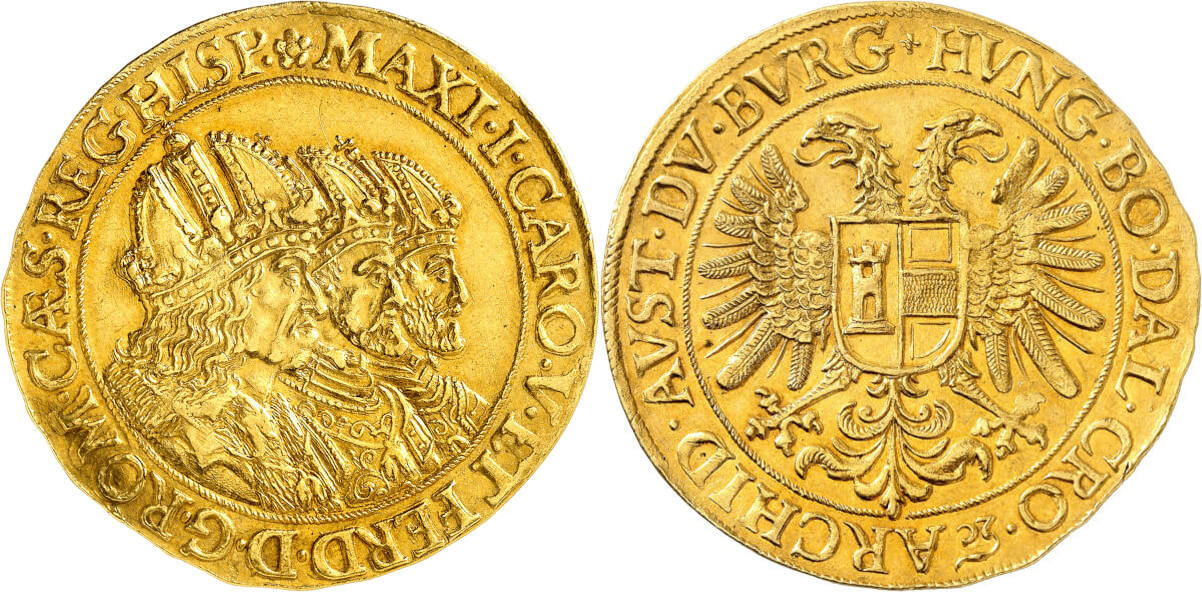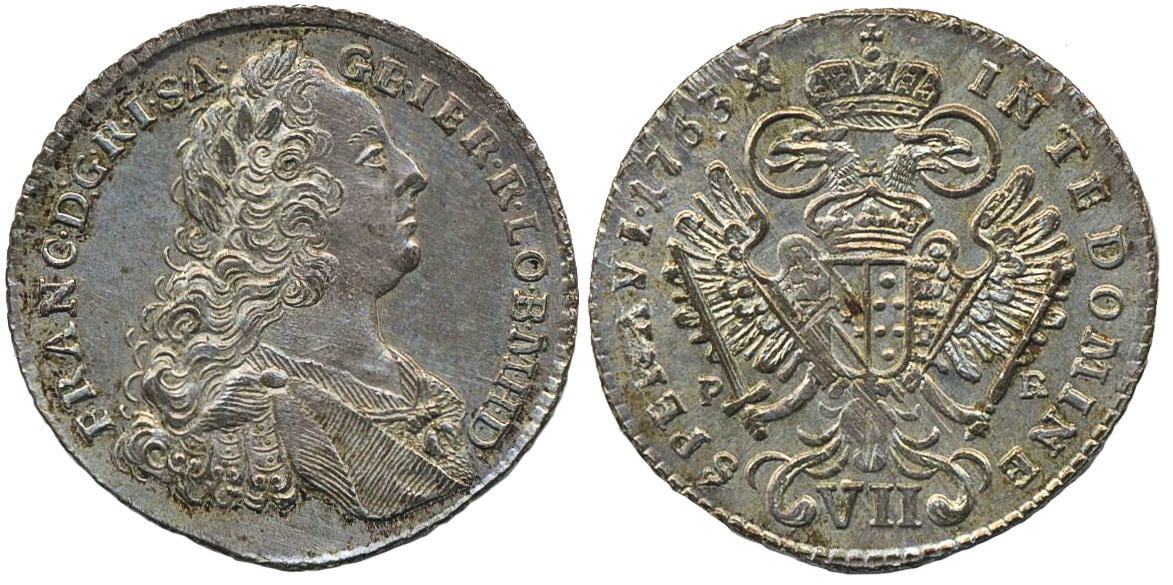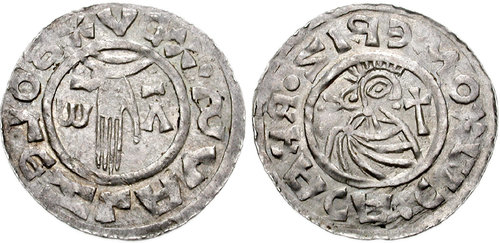Best Ideas For 3d Modeling Prague Mint Medals
Wiki Article
What Does A Plaster Mold Serve As The Initial Physical Representation Of A Gold Coin Medal Or Other Item?
It is vital to know that the artist or designer is likely to use the gold medal or coin design as a reference. The design may be a hand-drawn sketch or a digital model made using graphic design software.Choosing the right medium: Plaster is the most common material for creating maquettes due to its malleability and ease of sculpting. Other materials like wax and clay can be used.
The preparation of Plaster is combined with water to form an able consistency. The mixture should be smooth and free of lumps in order to ensure a clean mold.
This is the base on which maquettes will be sculpted. This base can be an unfinished wooden surface or a piece of board.
Sculpting Maquettes - The artist begins by carving the gold design, using it as a model. This is the process of shaping plaster into a three-dimensional or relief image of the coin.
Detailing and Refinement- The artist focuses on adding details and refinement of the contours and ensuring the accuracy of the proportions and details of the design. This stage requires attention to the finer details and accuracy.
Allowing time for drying and Setting- Once the sculpture has been completed the plaster must be allowed to dry and set. This enables the maquette to set and keep its shape.
After drying, it's finished and smoothed to eliminate any imperfections, bumps or rough areas.
Preservation and SealingTo preserve the maquette for the future, such as scanning or molding, it can be coated with the sealant.
The resulting plaster maquette serves as a tangible, 3D representation of the gold coin or medal design. It serves as a physical reference for further stages in the production process like scanning for digital replication, making molds to make mass production, or as a model for artists to conceptualize and refine the design prior to production. See the best Czechoslovakia gold medals plaster molds website info. including golden dime, 1oz gold price today, 1 10 ounce gold coin, $20 gold piece, coin 1, american eagle gold coin price, $5 gold coin, mexican gold coins, coin gold bullion, double eagle gold coin and more.

How Does A Janvier Machine Transfer A Gold Coin Or Medal Design From The Master Hub To A Working Hub?
A Janvier Machine, sometimes known as a pantograph machine or a reducer, is a machine used in the coining process to transfer concepts from a Master Hub an Working Hub. Here's an overview of how it works. Master Hub Creation-
The master hub, also referred to as the original mold or die, is the first mold or die that contains the exact design and layout of the coin. It's usually produced through CNC machine or other precise methods to guarantee accuracy.
Janvier Machine Setup
The Janvier machine has stylus, which copy the design of the master hub to the one that is working.
The Janvier machine is equipped with a master hub which serves as a template for the transfer of the design.
The design is traced
The Janvier machine employs stylus that follows the contours and fine details of the design. The stylus captures the contour of the design when it travels across the surface of the hub.
Reduce the Design
The Janvier machine simultaneously copies the traced-out design onto the hub for work. It is typically made with softer components as opposed to the master wheel for example, steel or nickel.
The cutting tool replicates or reduces the design on the hub in a smaller size or scale in comparison to the master hub. This reduction is vital in the process of minting, because it permits the sculpting of medals or coins at the size you want.
Accuracy and precision
Janvier’s machine works with precision and ensures the perfect transfer of details from the master to the work hub. It replicates even the smallest details and contours faithfully.
Quality Control
The resulting working hub will be subjected to quality checks and inspection to ensure that the transfered design meets the specifications and precision required for the striking process.
Further Processing
The Janvier machine's hub of working is utilized to make coins or medals. The die or mold is used to create numerous coin blanks or medal blanks based on the design that was transferred.
Janvier machines are crucial for the production of medals and coins. They allow the precise replication of intricate coin or badge designs. These working hubs will then be used to create mass production of coins and other medals striking the process. Take a look at the top janvier processing Prague Mint gold coins more advice. including american eagle gold coin price, 1 10 oz american gold eagle, double eagle coin, michael phelps medal, one ounce gold bullion, 1 4 ounce gold coin, chinese gold coins, golden dime, price of 5 dollar gold coin, gold price jm bullion and more.

What And Why Are Some Finishes Or Textures Like Matte Or Textured Surfaces Created By Sandblasting?
This method is used for making specific finishes or textures, such as matte, textured, or patterned surfaces, for the surface of medals or coins. Learn more about the process and how it is utilizedProcess of Sandblasting
Surface Preparation. The medal or coin is placed inside an air compressor connected to a nozzle. The chamber is usually sealed to contain the abrasive materials used in the process.
Abrasive Material Selection- Fine particles of abrasive materials such as sand silicon carbide, glass beads or aluminum oxide, are hurled onto the surface of the coin or medal at high speed.
High-Pressure Propulsion - Abrasive particles are launched onto a surface using compressed gas or other high-pressure system. The finish or texture is determined by the force and speed at which the particles strike the surface.
Texture creation - By altering the surface's topography because of the impact of the abrasive particles, the texture is created. The process may be used to selectively roughen certain areas or create an even texture throughout the entire surface.
Controlled Application: Sandblasting intensity length, duration, angle and application can be controlled to achieve different surfaces or textures. Different abrasives and pressure levels yield different results.
Sandblasting can be used for many reasons
Texture variation - Sandblasting can produce a variety of different textures and finishes, including matte and grainy, frosted, or textured surfaces. This adds visual interest to medals or coins.
Aesthetic Enhancement - Sandblasting alters the surface appearance, diffusing light reflections and decreasing shine. This can increase the coin's or medal's visual appeal. Matte finishes may, for example highlight specific design features by reducing reflections.
Anti-Glare Properties- Matte or textured surfaces produced through sandblasting can reduce reflections and glare, making the medals or coins visually appealing and easy to see without interference from light.
Contrasting Design ElementsSandblasting can create contrast between polished and textured areas of the medal or coin to highlight specific design elements or giving the appearance of depth and dimension.
Sandblasting can be personalized to create distinctive textures or designs.
Sandblasting, a versatile method, is used to create various surfaces and textures on medals or coins. It improves the aesthetic appeal, visual appeal as well as overall design. Read the top rated sandblasting Prague Mint gold coins more recommendations. including old coins, gold bullion coins, 1999 gold quarter, ancient coin, gold eagle coin price, gold medal swimming, bullion gold bars for sale, platinum coins, 20 dollar coin, 1 10 ounce gold coin and more.

How Do Gold Blanks Get Fed And Stamped With High Pressure Into Coin Presses For Minting?
During minting the gold coins and medals are made by pressing them with pressure. This article will provide an outline of the process for loading blanks.
The gold-colored blanks are inserted into the feeder system which is connected to coin presses. This feeder system will ensure an ongoing supply of blanks for the machine.
Feeding Blanks to the Press
The feeder system directs each blank into the area of the coin presses. This assures the precise positioning of each stamping blank.
Alignment, Positioning and Positioning
In the press, the blanks are aligned before being placed inside the chamber of striking to ensure that they are perfectly centered and oriented to be used for stamping.
Striving Under Pressure
The coin press puts massive pressure on the gold blanks by using two dies, one stationary and one moving. The stationary dent contains the impression of the design that is negative, while the moveable die is the Hammer.
The moving die strikes the blank with significant force, and transfers the design to the surface of the blank. The force exerted by dies stamps the design on the blank which creates the raised relief and details on the coin, or medal.
Repeated Striking (Optional)Repeated Striking (Optional)
To produce a more sharp image or a more distinct design Multiple strikes can be applied to higher quality medals and coins, particularly proof editions. Each strike further refines the details on the surface of the coin.
Collection and Ejection
After being struck by the press, the coins or medals that are created are taken from the press. They are then put in trays and containers. Quality control is carried out to ensure that the designs conform to specifications.
Post-Processing-
The style of the coin or medal could require further processing, for example, edge lettering (either edge or reeding) or post-strike treatment.
Stamping under high pressure imparts the desired designs onto blanks of gold, transforming the coins into medals that are suitable for circulation, collections, or commemoration. The stamping process requires accuracy as any variations in alignment and pressure can affect the quality of the final product. See the most popular minting Prague Mint gold coins site recommendations. including coin gold price today, $50 gold piece, sd bullion gold, purchasing gold bars, gold medal gymnasts, purchasing silver bars, 2000 p sacagawea dollar, double eagles, $5 gold piece, 2000 sacagawea dollar and more.
